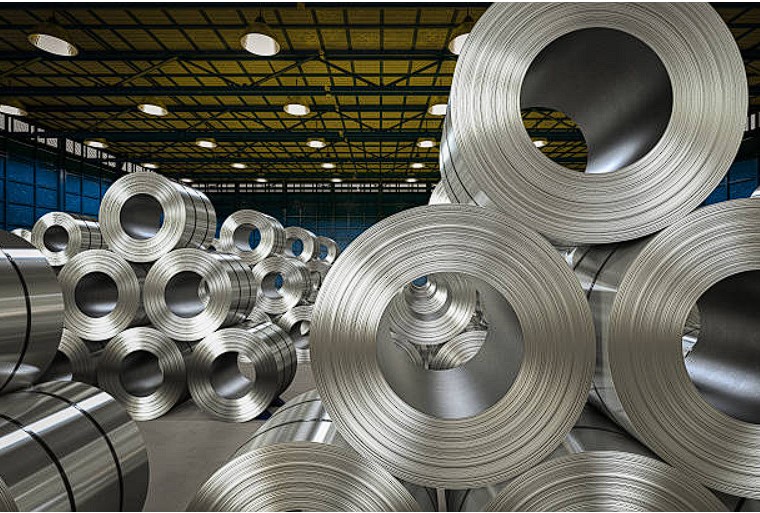India’s construction and infrastructure industries have been battling with rising steel prices. The recent price surge has shaken the entire downstream of industries like construction and infrastructure, which are dependent on the use of this vital material.
It is driven by anxieties over possible supplies stumbling blocks because this, certainly, is quite critical and calls for a keen review to find out what is causing the rise.
In the center of it all, there is the so-called supply disruption resulting from many factors, which are given below.
Trade Restrictions on major producers of iron ore like Australia, Brazil, and Canada create a sell-off effect in the market, thus reducing iron ore supplies to global traders and subsequently spreading inflation impact to other economies.

Ref. URL: https://www.constructionworld.in/assets/uploads/79eb8f2721366a7c9b5bdad440dfe201.jpg
Moreover, higher raw material prices like coking coal and the delay in global transportation are creating other complications that will make the pandemic’s overall effect smaller.
The repulse that the dramatically increased steel prices created a serious blow to the construction and infrastructure businesses that largely depend on steel for their important matters.
Overpriced costs might increase the amount of money allocated for the project, which, in turn, would have an effect on the planned budget and might cause a delay or even cancellation of the project, with consequences that are to be reflected throughout the economy.
This goes parallel with the fact that the construction sector or individual manufacturing consumers depend heavily on fertilizers, and therefore, the hike in the cost of the fertilizers is devastating, for both sectors unable to cope with it, which in turn translates to reduced activities and even closure in some cases.
But, along with these turbulences, there is a possibility of uplifting out. The Indian government indeed plays an active role in monitoring the present situation and trying to develop remedial actions for the supply concern.
An example here could be finding new alternative sources of raw material or temporarily agreeing on import duty slashes to continue with price stabilization.
Yet, this might be solved by the same steel producers by taking some of the costs they have on their shoulders and maybe offering lower costs to potential customers, especially small enterprises and individual buyers.
Looking to the future, nothing can be more vital than increasing the production capacity of the steel industry in India. This would contribute to improvements in the nation’s self-sufficiency and resilience in dealing with externalities.
Improving funding for investment in new steel mills and carrying out supplementary explorations of substitute raw materials are among the feasible options for resolving the issue of excessive dependence on imports and increasing the resilience of the sector against external disturbances. In short, yes, the current stratospheric prices of steel have presented a tougher than-ever challenge to many sectors competing for survival, and suitable countermeasures and long-term strategies are both necessary for India’s steel market to meander toward stability and sustainability.
